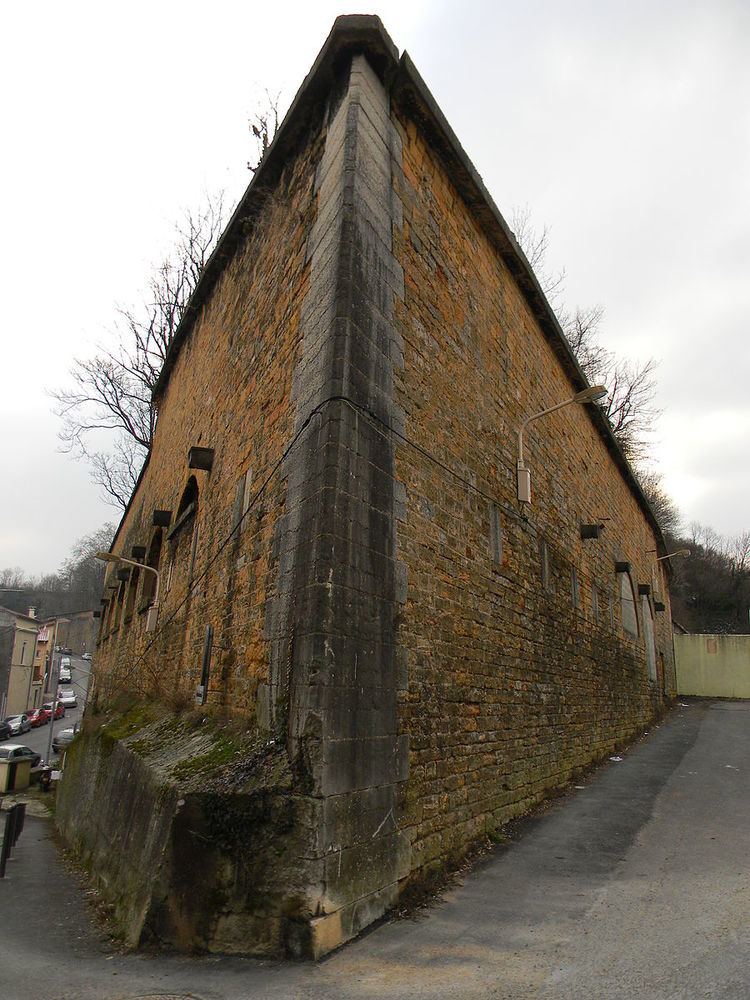Year built 1840 | ||
 | ||
Similar Fort du Mont Verdun, Fort de Genas, Cemetery of Loyasse, Fort du Bruissin, Lyon–Saint‑Exupéry Airport | ||
Le fort de loyasse urbex
The Fort Loyasse is a fort built between 1836 and 1840. It is currently in the 9th district of Lyon and is part of the first belt of forts protecting Lyon.
Contents
The fort is a sister fort to Fort de Caluire (now destroyed), Fort Duchère (now destroyed) and Fort Saint-Jean.
urbex lyon fort de loyasse
History
Built in 1836-1840 as a result of the July Revolution and fears of an invasion of France by Austria, the fort of Loyasse is intended to protect the city from invaders from the east. This fort and that of Vaise are located on the former walled area of the Py.
After the invention in 1858 of rifled bore, which replaced Smooth-bore, and which extended the reach of projectiles to 2,500m, and then melinite replacing gunpowder in 1885, which increased the blast of explosions, the forts of the Loyasse generation become obsolete.
The fort was used in World War I as housing for prisoners of war; for the Second World War it was occupied by the Germans. The fort was completely decommissioned by the military on October 15, 1947. Lyon acquired the land of the fort in 1949 from the fort auction for 1,200 000 francs and it served as a roads department's warehouse, a Glacis, and to arrange family gardens. The fort's underground temporarily served as a mushroom farm.
A barracks of the fort was destroyed in the 1960s to expand climb to the suburb of l'Observance ; some trenches allowed the construction of the boulevard linking the new district of Observance to Vaise in 1961.
Architecture
Unlike many other forts of the first belt, Loyasse is designed as a mountain fort : the Glacis around the fort are very inclined.
The fort consisted of two superimposed platforms along the slope:
The functional range of smooth bore guns of Loyasse was 1,200m.
Altimetry
In the lower right part of the entrance of the Fort Saint-Irénée there is engraved the number 380 preceded by a horizontal line placed one meter above the ground, it was thought to be the altitude in feet which had for a reference a rule located on the quay of the Saône, near the Bonaparte bridge.
The mode of calculation is difficult to understand as the number engraved on the entrance of Fort Loyasse (389) is more high than that of Fort Saint-Irénée (which has a plaque indicating 280m) to Loyasse's altitude of (271 m). A study by the ASSIL (SITES ASSOCIATION Loyasse) shows that the registered number is not in feet, but it is rather a negative altitude relative to the highest point of the area, calculated at 660m, corresponding perhaps to Fort Mont Verdun placed at 625m.
To back this up, other measures were taken by the members of this association with structures with an inscription of this type; the addition of engraved altitudes and identified through the IGN, either by the presence of a plate or from a plane always shows 660 m.
Media
The novel Le crime de Loyasse de Bernard Domeyne starts with the fictional story of a body discovered in the fort.
A scene of the film Lucie Aubrac (1997) by Claude Berri has been linked to the fort de Loyasse.
